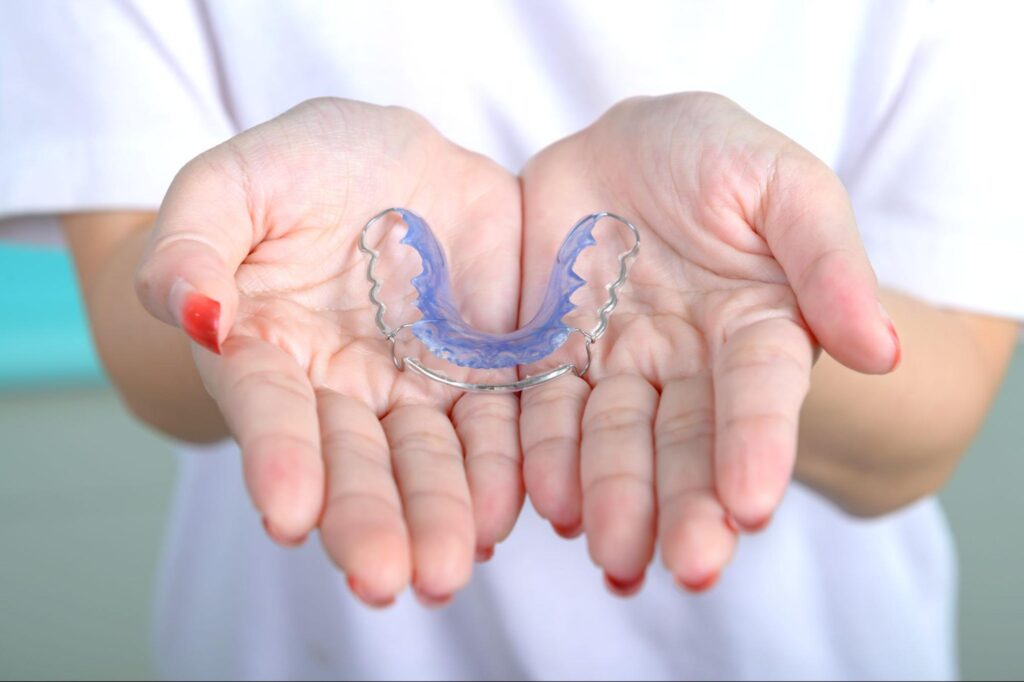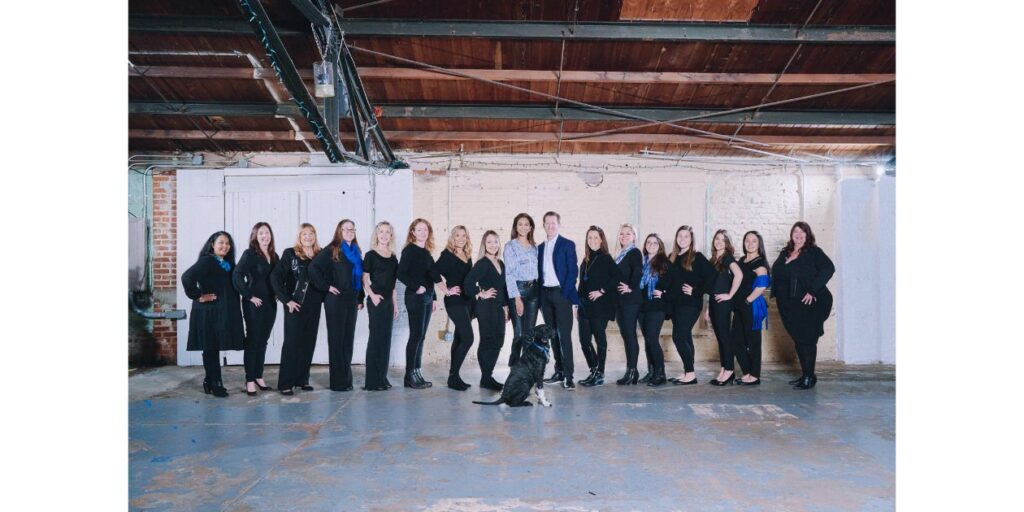Dr. Loew and Dr. Patel urge you to use a retainer after braces. You’ve worked hard during your braces treatment. You wore them for months, and you did everything we asked you to. Flemington, Annandale, and Bridgewater patients hear us say this all the time: braces get you a new smile, but retainers help you keep it. At Loew & Patel Orthodontics, successful smiles last a lifetime. That’s why you need a retainer after your braces.
The Purpose of a Retainer
After the doctors remove your braces, you’ve got to preserve your new smile. That’s how retainers got their name. Your braces shaped your smile into a wonderful new shape. Your retainers—well, they retain it. Your teeth have moved. They have new homes in your gum line. But did you know that teeth can be stubborn? Sometimes, they want to shift into their old positions. Dr. Loew and Dr. Patel call this “orthodontic relapse.” And that’s all it means. Your teeth get homesick and try to revert to their old spots.
What do we do about it? We use a retainer. You’ll wear your retainer as Dr. Loew and Dr. Patel direct. Your new retainer holds your teeth in their corrected positions. It stabilizes them so that new bone tissue builds around them. The new tissue secures your teeth in place. Our goal is to prevent your teeth from returning to their previous positions. Remember, your new smile is an investment. Something you put money, time, and effort into. Your retainer is kind of like insurance. It protects your investment in your smile and maintains the health benefits of your newly aligned teeth.
Types of Retainers
Our Loew & Patel Orthodontics team offers you a few options when it comes to retainers. Each type has its own advantages. The three main types you’ll see in our Flemington, Annandale, and Bridgewater locations are Hawley retainers, Essic retainers, and fixed retainers.
Hawley Retainers
The Hawley retainer is one of the oldest and most traditional retainers. It is made of a metal wire that surrounds your six front teeth. A Hawley retainer is anchored in an acrylic, often colorful, base. The base rests on the roof of your mouth. If we need to, we can adjust the metal wires to continue minor movement of your front teeth. Hawley retainers are durable and easily adjustable. They’re robust and are very suitable if you need complex dental adjustments after we remove your braces.
Essix Retainers
Essix retainers are made from clear plastic (kind of like our in-house custom aligners). Our retainers are virtually invisible. That’s why many patients say they have an aesthetic advantage over more noticeable alternatives. They’re best suited if you require minimal tooth movement. Or if you’re concerned about the visibility of your treatment. We recommend that you handle them carefully to avoid damage. They can become discolored if you don’t clean them regularly. Clear retainers are a favorite for adults and teens who looking for a less obvious option for maintaining their new smiles.
Fixed Retainers
Fixed retainers consist of a thin wire. The doctors bond them directly to the inside surface of your lower canines and incisors. This type of retainer is excellent if you don’t want to worry about keeping track of your removable retainers. Since they are permanently attached, fixed retainers provide a continuous hold They are just about invisible from the outside. But, they require careful oral hygiene.

How Retainers Work
You probably know how braces and aligners work by now (if not, please ask us during your free consultation). It’s important for you to understand how retainers work, too!
Stabilizing Your Smile
When we remove your braces, we’ve succeeded in moving your teeth into their ideal spots. But they’re not fully settled. They’re held in place by elastic fibers in your gums. These fibers can pull your teeth back toward their original positions. Retainers keep that from happening. They provide the support and stability your teeth need.
Long-Term Maintenance
Your retention phase is critical and varies in length. How long does it last? It often depends on the severity of your bite. Initially, you may need to wear your retainer all the time. However, over time, Dr. Loew and Dr. Patel may suggest that you only wear the retainer at night. This gradual reduction helps to test the stability of your teeth. But it still provides a safety net to catch any significant movement.
Care and Maintenance of Retainers
Taking care of your retainer helps it remain effective. After all, your retainer maintains your new dental alignment after braces. Whether you have a Hawley, Essix, or fixed retainer, each type requires specific care to function correctly and last as long as needed.
Clean removable retainers like the Hawley and Essix types each time you take them out. Use cool or lukewarm water to rinse off any debris. Avoid hot water. It can warp the material. Brushing the retainer gently with a soft-bristled toothbrush and non-abrasive toothpaste—or a mild dish soap—can prevent plaque buildup without scratching the surface.
Fixed retainers require more diligence in oral hygiene since they stay in your mouth. You should brush carefully around the retainer and use floss threaders to clean under the wire. This prevents potential issues like tartar buildup and gum disease.

Retain Your Smile At Loew & Patel Orthodontics
Do you still want to know more about how retainers work after braces? Awesome! Dr. Loew and Dr. Patel can answer all your questions. Visit Loew & Patel Orthodontics here to schedule your free consultation. We have three locations to better serve you: Flemington, Annandale, and Bridgewater.
